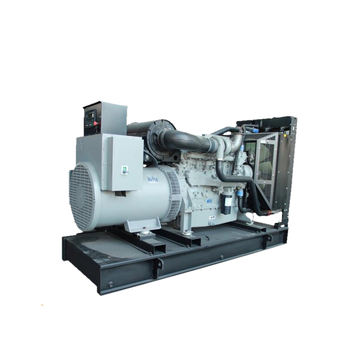The Pressing Issue of Generator Set Emissions
With the growing concern over climate change and air pollution, generator set emissions have come under increased scrutiny. Interestingly enough, these seemingly innocuous power sources can contribute significantly to harmful emissions. As regulatory bodies tighten emissions standards, businesses must stay informed and adapt to remain compliant.
Unpacking Generator Set Emissions Standards
To be honest, navigating the complex web of emissions standards can feel like a daunting task. However, understanding the basics is a crucial first step. Major regulatory bodies, such as the United States Environmental Protection Agency (EPA) and the European Union (EU), have established stringent emissions standards for generator sets. These standards aim to reduce emissions of pollutants like nitrogen oxides (NOx), particulate matter (PM), and carbon monoxide (CO).
The Role of Tier Ratings in Emissions Compliance
One way regulatory bodies classify generator sets is through tier ratings. Here's the thing: these tier ratings indicate the level of emissions control technology integrated into the generator set. For instance, Tier 4 generator sets have the most advanced emissions control systems, resulting in significantly lower emissions compared to older Tier 1 or Tier 2 models.
Selecting the Right Generator Set
When it comes to selecting a generator set that complies with emissions standards, there are a few factors to consider. First, determine the power requirements for your specific application. Next, research the emissions standards applicable in your region. Finally, choose a generator set with a suitable tier rating that meets those standards while fulfilling your power needs.
Maintenance and Monitoring for Continued Compliance
Ensuring your generator set remains compliant doesn't end with the initial purchase. Regular maintenance and emissions monitoring are essential to preserving the generator set's emissions control capabilities. I've found that implementing a routine maintenance schedule and investing in real-time emissions monitoring equipment can go a long way in maintaining regulatory compliance.
Three Actionable Tips for Emissions Compliance
The Bottom Line: Prioritizing Emissions Compliance
In my experience, prioritizing emissions compliance is not only vital for avoiding hefty fines and penalties but also essential for fostering a positive brand image. As environmental regulations continue to evolve, businesses must remain proactive in their approach to emissions compliance. By staying informed and taking the necessary steps to meet generator set emissions standards, your business can contribute to a cleaner, healthier environment while safeguarding its reputation and bottom line.





